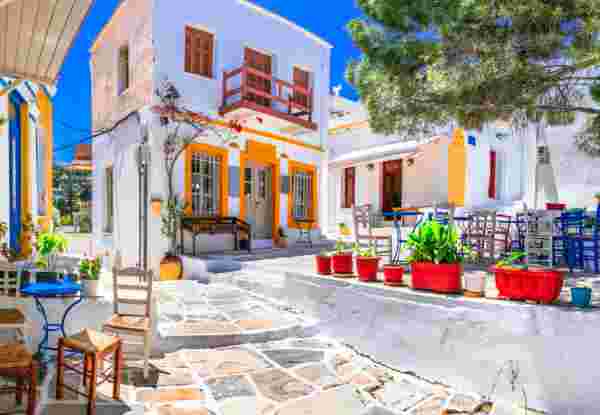Olympus: Mountain of Gods and Mortals
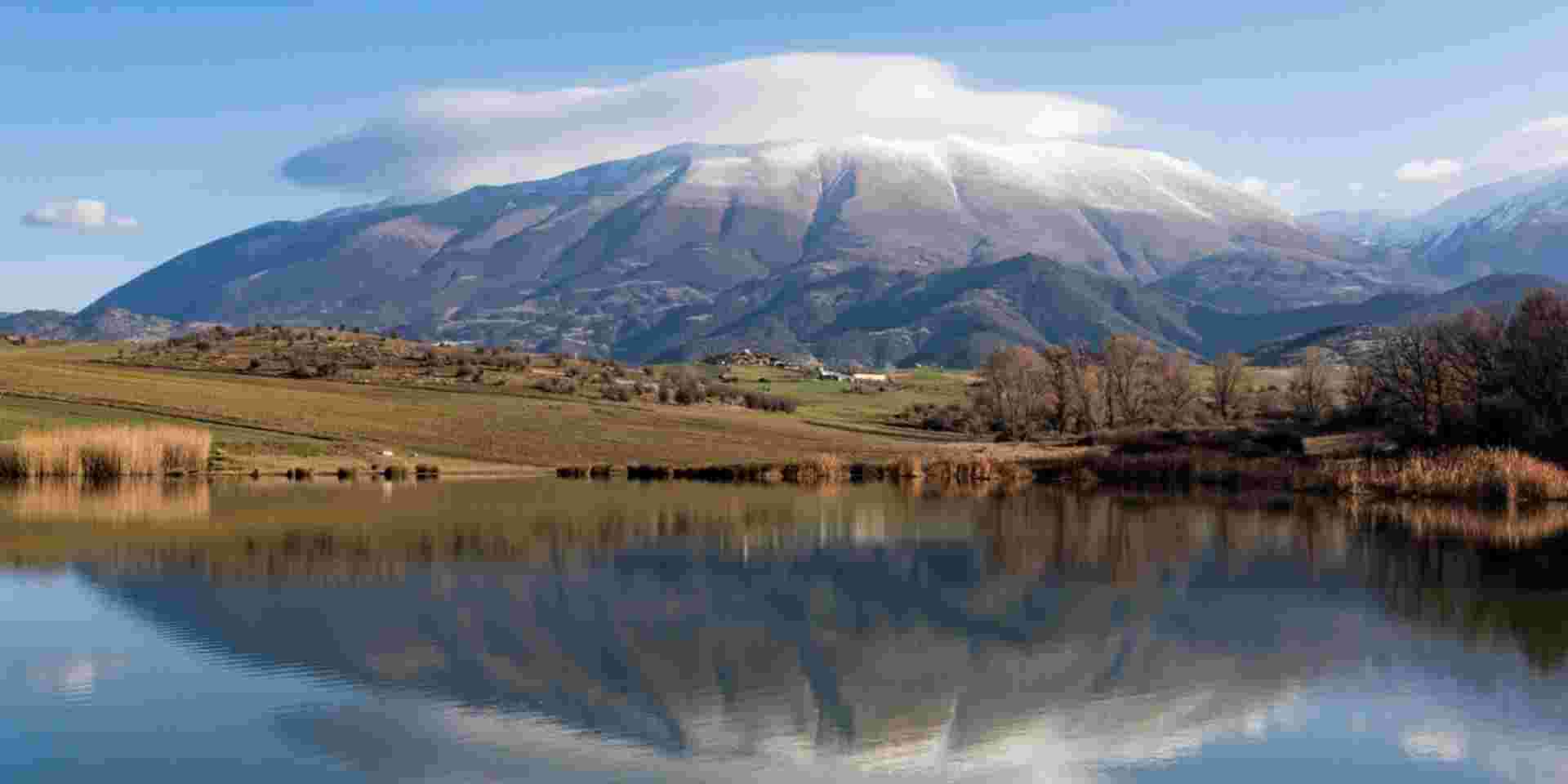
Olympus. It is not just a mountain, it is a whole world of natural beauty, history, and mythology. Like a giant tower at almost 3,000m, it rises proudly, without any surrounding mountains questioning its dominance. It is the highest mountain in Greece, famous worldwide mainly for its mythological context. According to the religion of the ancient Greeks, Mytikas (its highest peak) was home to the Twelve Olympian Gods.
The Mountain
The solid mountain range of Olympus, dominates imposingly on the borders of Macedonia and Thessaly, with a series of high peaks with deep ravines, around which extends an area of great biodiversity. The declaration of mount Olympus becoming the first National Park of Greece to protect the unique heritage happened in 1938.
Consequently, every year thousands of nature lovers visit Mount Olympus, to admire up close the charm of its nature and enjoy the tour of its slopes. Additionally, there are the climbers who flock from every corner of the globe to conquer its peaks.
Furthermore, organized mountain shelters with a variety of mountaineering and climbing routes are at the disposal of visitors who want to explore its beauties. Finally, the classic starting point is Litochoro, at the eastern foot of the mountain, 100 km from Thessaloniki, where at the beginning of every summer ends the world-famous Olympus Mountaineering Marathon.
Geology
Firstly Olympus is a compact, relatively small area (600 square kilometers) however, a multi-peaked and rocky mountain, with an almost circular shape. Secondly, the age of its main rocks is estimated to not exceed 200,000,000 years when most of Greece – and the Mediterranean – was at the bottom of a shallow sea, where the main materials were deposited, from which later formed the present-day rocks.
Finally, the various geological events that followed, caused the emergence of the whole area and the seabed. 1,000,000 years ago, glaciers covered Mount Olympus and created the plateaus and pits of the mountain. With the rise in temperature that followed, the ice melted and the torrents that formed swept away large quantities of crushed rock to the lowest points, forming alluvial debris, which spread throughout the area, from the foot of the mountain to the sea.
More details about the Geology of Olympus can be found at the Museum of the Geological History of Olympus.
Mythology & History
The shape of Olympus, the multifaceted and changeable charm of its nature, its high peaks, full of fog and low clouds, which often bring thunderstorms, caused awe and admiration to the prehistoric man, who lived at its foot, where the archeological dig finds from Iron Age settlements. Consequently, these first inhabitants of the area created the legends based upon the ancient Greeks gave life to the twelve gods.
The twelve gods lived in the gorges – in the folds of Olympus, as Homer calls them – where their palaces are located. The Pantheon (today’s Mytikas), is their meeting point, the theater of their stormy discussions. The throne of Zeus (today’s Stefani), hosts exclusively the leader of the gods, Zeus. From there he unleashes his lightning, thus showing his “divine fury”.
Furthermore, at the foot of Olympus, 5 km from the sea, is Dion. A holy city of the Macedonians dedicated to Zeus and the twelve gods. Its acme is placed between the 5th BC. and the 5th AD century. The excavations, which began in 1928 and continue to this day, revealed rich finds from the Macedonian, Hellenistic, and Roman eras, which are in the Archaeological Museum of Dion.
Nonetheless, even later, the story was turbulent on Olympus. During the years of Ottoman rule, the mountain was a refuge and stronghold of famous thieves and boatmen. In recent years, after 1900, robbers acted here. During the German invasion in 1941, the Greek army, together with New Zealand and Australian units, retreated and fought important battles. Immediately after, the National Resistance nested here.

Flora & Fauna
In total, on Olympus, scientists have counted more than 1700 species of plants, which represent 25% of the Greek flora. Nonetheless, most of them, found at low altitudes, are the usual Mediterranean and Central European species. Moreover, in the treeless alpine zone, there are over 150 species of plants. Of these, half are found only in the Balkan Peninsula and 23 are endemic. In addition, the vegetation of Olympus, due to the intense relief of the short distance from the sea and the creation of many microenvironments, is characterized especially on the east side by great anarchy, in terms of the succession of vegetation zones.
Furthermore, the fauna of Olympus, which has not been systematically studied to date, includes a significant variety and has many important, rare, and endangered species. Nevertheless, the large mammals that once lived in the area, such as the deer, have now disappeared from Mount Olympus. However, in antiquity, there were lions while at least until the 16th century there were bears.
Morevover, 32 species of mammals have been recorded, for example the ibex (Ryricapra Rupicapra), the roe deer (Capreolus capreolus), the wild boar (Sus scrofa), the wildcat (Felis sylvestris), the ferret (Martes foina), the fox (Vulpes), the squirrel (Sciurus vulgaris), etc. Additionally, 108 species of birds have also been identified such as woodpeckers, black vultures, partridges, white storks, wild pigeons, robins, golden eagles, peregrine falcons, golden eagles, golden eagles, snake eagles, cruciform eagles, etc.
Finally, there are also the usual reptiles of the Greek area (22 species such as snakes, turtles, lizards, etc.) and some amphibians (8 species) in streams and seasonal lakes, as well as a wide variety of insects, mainly butterflies, for which the Olympus is famous.
Mountain Routes & Refuges
There are many routes to Olympus, for example:
- Litochoro – Prionia
- Prionia – Ag. Spilaio – Ag. Dionysioy
- Ligochoro – Golna – Kastana – Litochoro
- Refuge Agapitos – Skala – Mytikas
- Prionia – Refuge Agapitos
- Refuge Agpitos – Louki – Mytikas
- Refuge Agapitos – Mouses Plateau
- Gortsia – Petrostrouga – Mouses Plateau
- Constantine – Waterfalls of the Red Rock – Refuge Koromilias
- Refuge Koromilias – Refuge Petrostrougas
- Refuge Koromilias – Refuge Dimitrios Boundolas
- Constantine – Refuge Koromilias from Rachi
Below you may find a list of refuges:
- Spilios Agapitos Refuge
- Giosos Apostolidis Refuge
- Christos Kakkalos Refuge
- Koromilia Refuge
- Krevatia Refuge
- Boundolas Refuge
- Petrostrouga Refuge
- Prionia Refuge
For a Mount Olympus adventure, please contact us here and one of our experienced travel designers will get back to you with a proposal tailor-made to your needs.
Feeling Ready?
From our blog
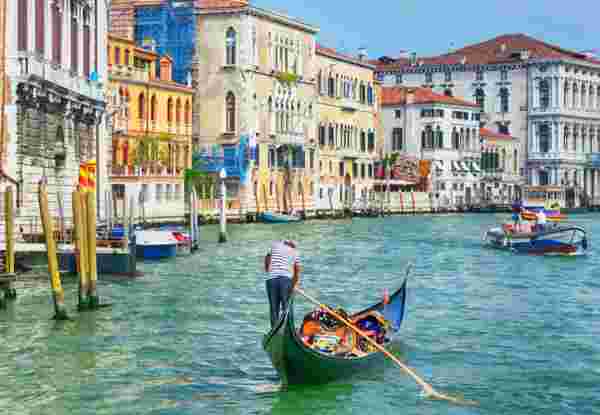
Exploring Venice and Its Canals
READ MORE
Crete for Seniors: A Complete Guide
READ MORE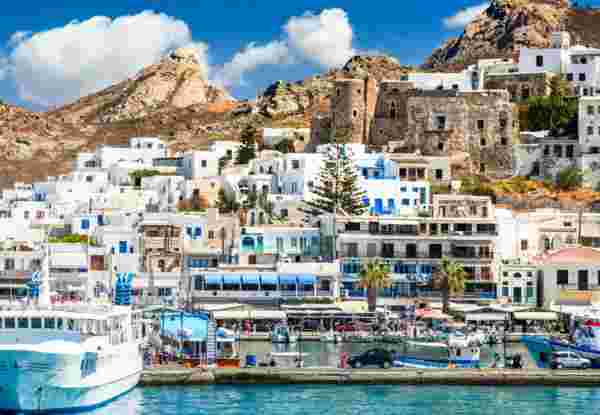
How to Explore Naxos for Seniors
READ MORE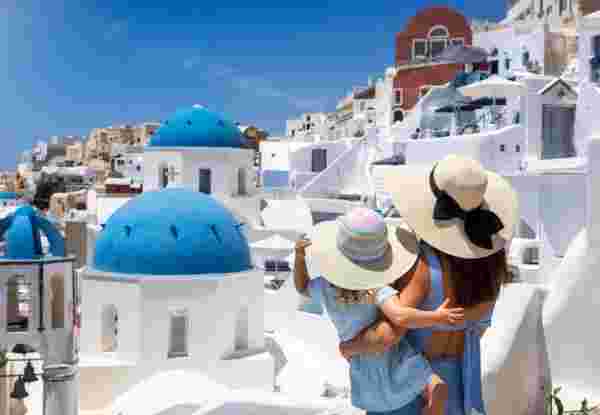
Why Visit Santorini with Kids: A Fun Family Guide
READ MORE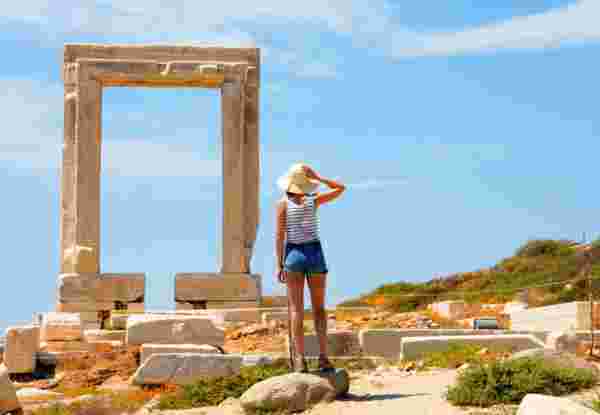
Honeymoon in Naxos: A Complete Guide
READ MORE
Visiting Athens with Kids: A helpful Guide
READ MORE
Paros for Seniors: Tips and Itinerary
READ MORE
Best Resorts in Greece for Families: Your Ultimate 2025 Guide
READ MORE
How to Enjoy Santorini for Seniors
READ MORE